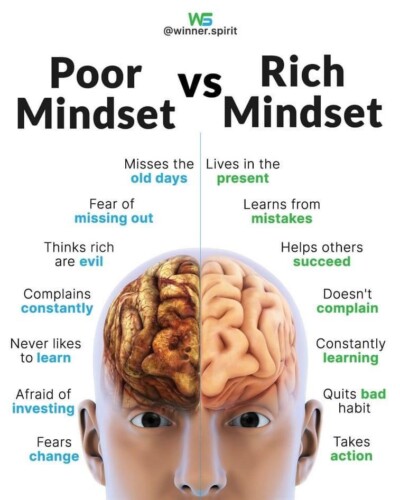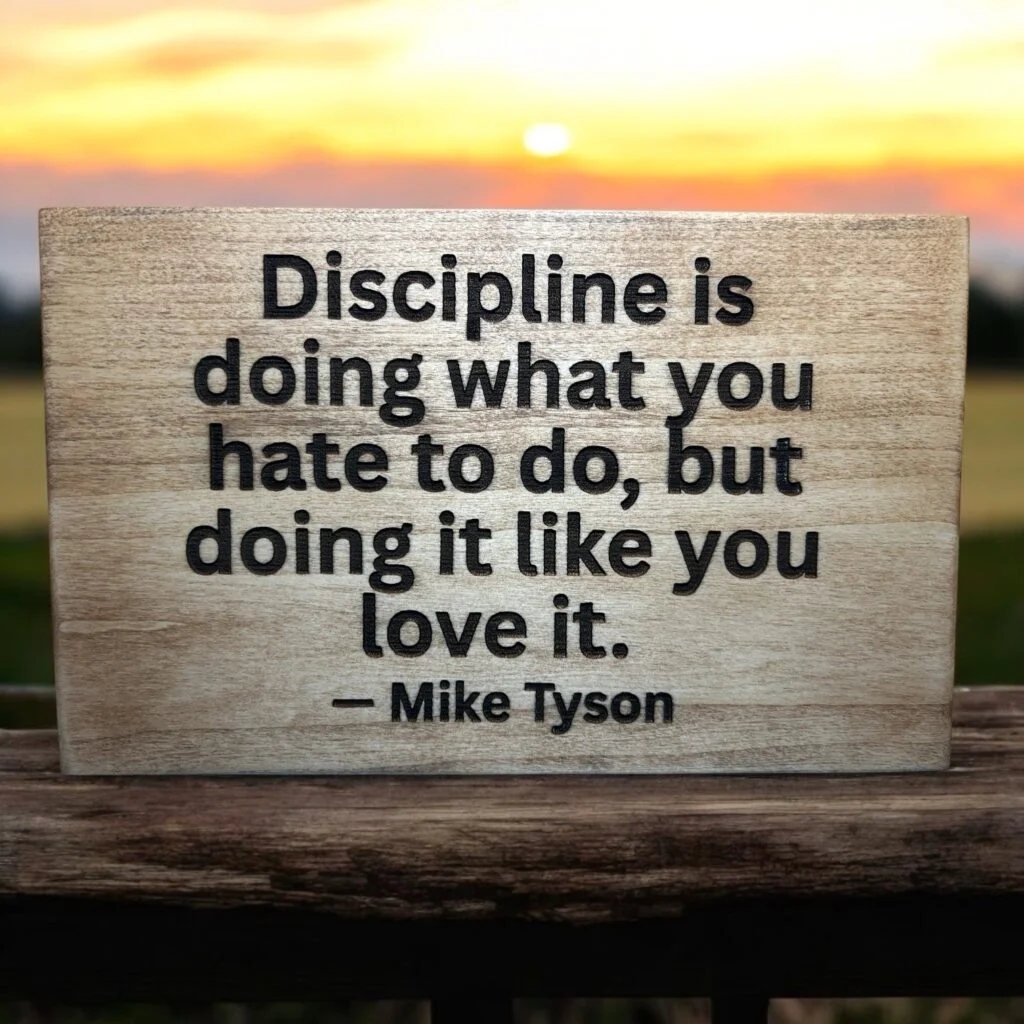In today’s world, understanding the differences between a poor mindset and a rich mindset can significantly impact your financial success. Let’s delve into the contrasting aspects of these mindsets and how they influence your overall financial well-being.

Introduction: The Power of Mindset
Your mindset plays a pivotal role in shaping your financial journey. A poor mindset and a rich mindset are two distinct approaches to money and life. Let’s break down the main differences between these mindsets.
1. Financial Goals:
Poor Mindset: Individuals with a poor mindset often focus on short-term goals, struggling to cover immediate expenses without considering long-term financial growth.
Rich Mindset: Those with a rich mindset set clear long-term financial goals. They focus on building wealth over time through investments, savings, and strategic planning.
2. Attitude Towards Challenges:
Poor Mindset: A poor mindset tends to view challenges as insurmountable obstacles that hinder progress. This can lead to a sense of helplessness and resignation.
Rich Mindset: A rich mindset sees challenges as opportunities for growth and learning. Adversities are seen as chances to develop new skills and strategies for success.
3. Spending Habits:
Poor Mindset: People with a poor mindset often spend impulsively, seeking immediate gratification through material possessions or experiences.
Rich Mindset: Individuals with a rich mindset practice disciplined spending. They prioritize investments and value experiences over material possessions.
4. Perception of Failure:
Poor Mindset: Those with a poor mindset fear failure and may avoid taking risks to prevent potential setbacks.
Rich Mindset: A rich mindset embraces failure as a stepping stone to success. Failure is seen as a valuable learning experience that can lead to innovation and growth.
5. Relationship with Money:
Poor Mindset: A poor mindset often involves negative beliefs about money, associating it with stress and scarcity.
Rich Mindset: Those with a rich mindset cultivate a positive relationship with money, viewing it as a tool for creating opportunities, making a difference, and enjoying life.
6. Continuous Learning:
Poor Mindset: A poor mindset tends to stop learning once formal education is complete, limiting personal and professional growth.
Rich Mindset: A rich mindset values continuous learning and self-improvement. This mindset acknowledges that knowledge is a key driver of success.
Cultivating a Rich Mindset
In conclusion, the differences between a poor mindset and a rich mindset extend beyond financial matters. Developing a rich mindset involves changing your beliefs and behaviors to align with long-term goals, positive attitudes, and growth-oriented thinking. By adopting a rich mindset, you can transform your approach to money and life, setting the stage for greater financial success and overall well-being.
Remember, developing a rich mindset is a journey that requires consistent effort, self-awareness, and a commitment to personal development. Start by examining your beliefs about money and challenging any negative thought patterns. With time and dedication, you can shift towards a rich mindset and experience the positive impact it can have on your financial journey.



